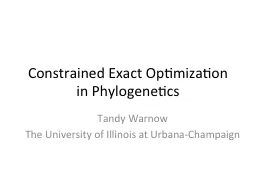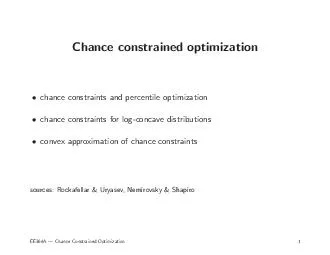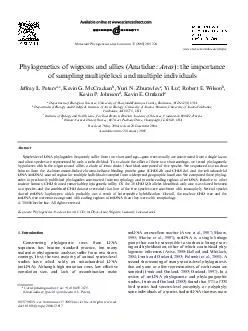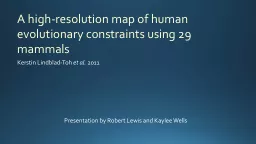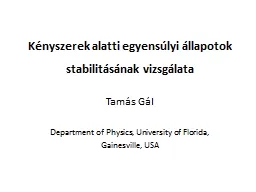PPT-Constrained Exact Optimization in Phylogenetics
Author : test | Published Date : 2017-12-30
Tandy Warnow The University of Illinois at UrbanaChampaign Orangutan Gorilla Chimpanzee Human From the Tree of the Life Website University of Arizona Phylogeny evolutionary
Presentation Embed Code
Download Presentation
Download Presentation The PPT/PDF document "Constrained Exact Optimization in Phylog..." is the property of its rightful owner. Permission is granted to download and print the materials on this website for personal, non-commercial use only, and to display it on your personal computer provided you do not modify the materials and that you retain all copyright notices contained in the materials. By downloading content from our website, you accept the terms of this agreement.
Constrained Exact Optimization in Phylogenetics: Transcript
Download Rules Of Document
"Constrained Exact Optimization in Phylogenetics"The content belongs to its owner. You may download and print it for personal use, without modification, and keep all copyright notices. By downloading, you agree to these terms.
Related Documents

